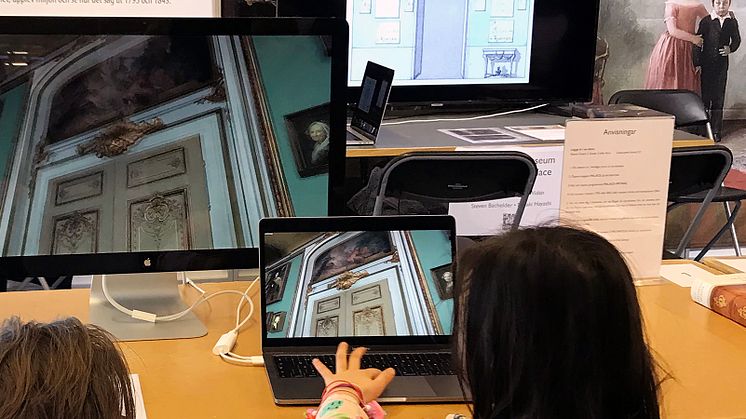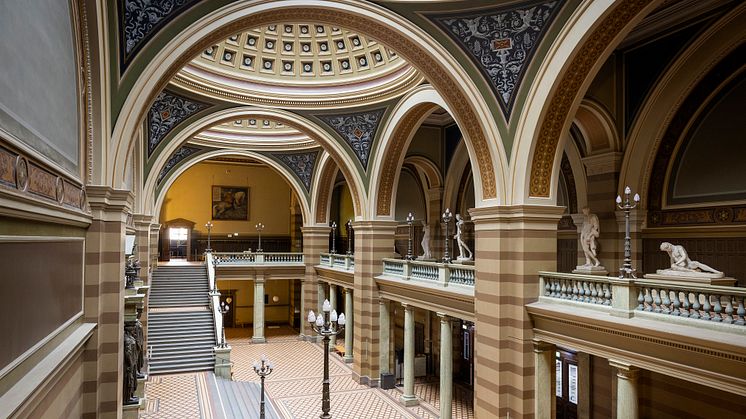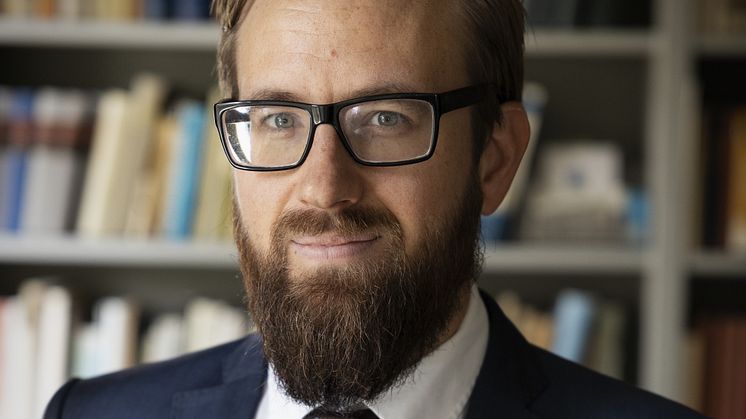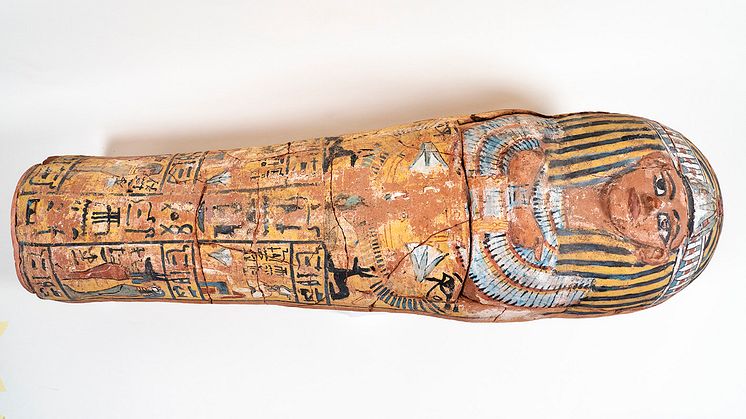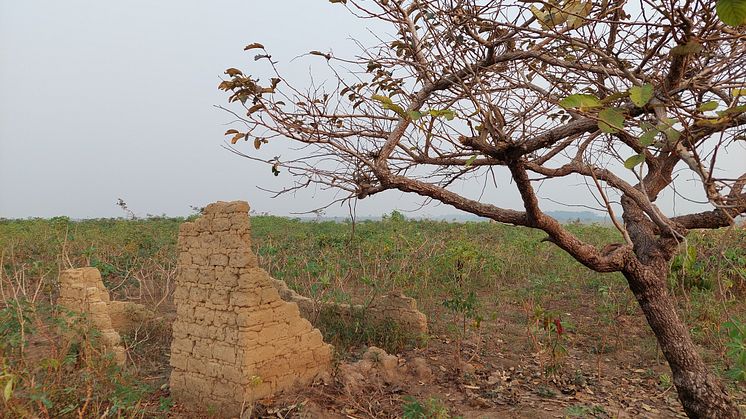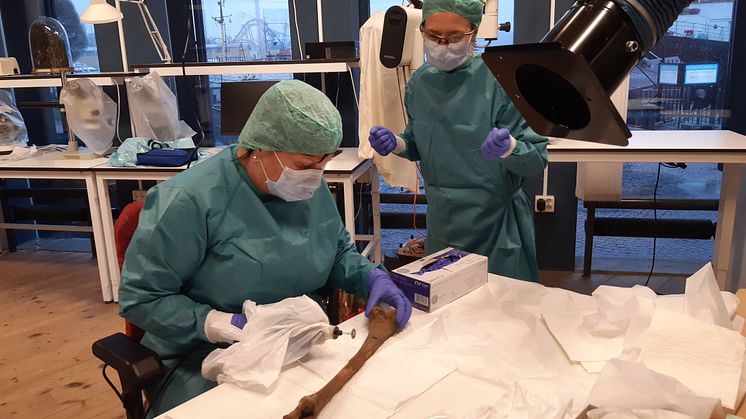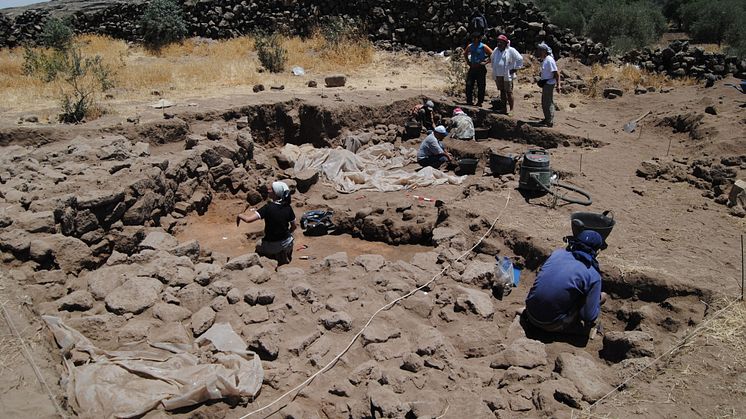Origins of Ancient Egypt’s Karnak Temple revealed
The most comprehensive geoarchaeological survey of Egypt’s Karnak Temple complex has been carried out by an international research team led from Uppsala University. The temple is one of the ancient world’s largest temple complexes and part of a UNESCO World Heritage site within the modern-day city of Luxor.

